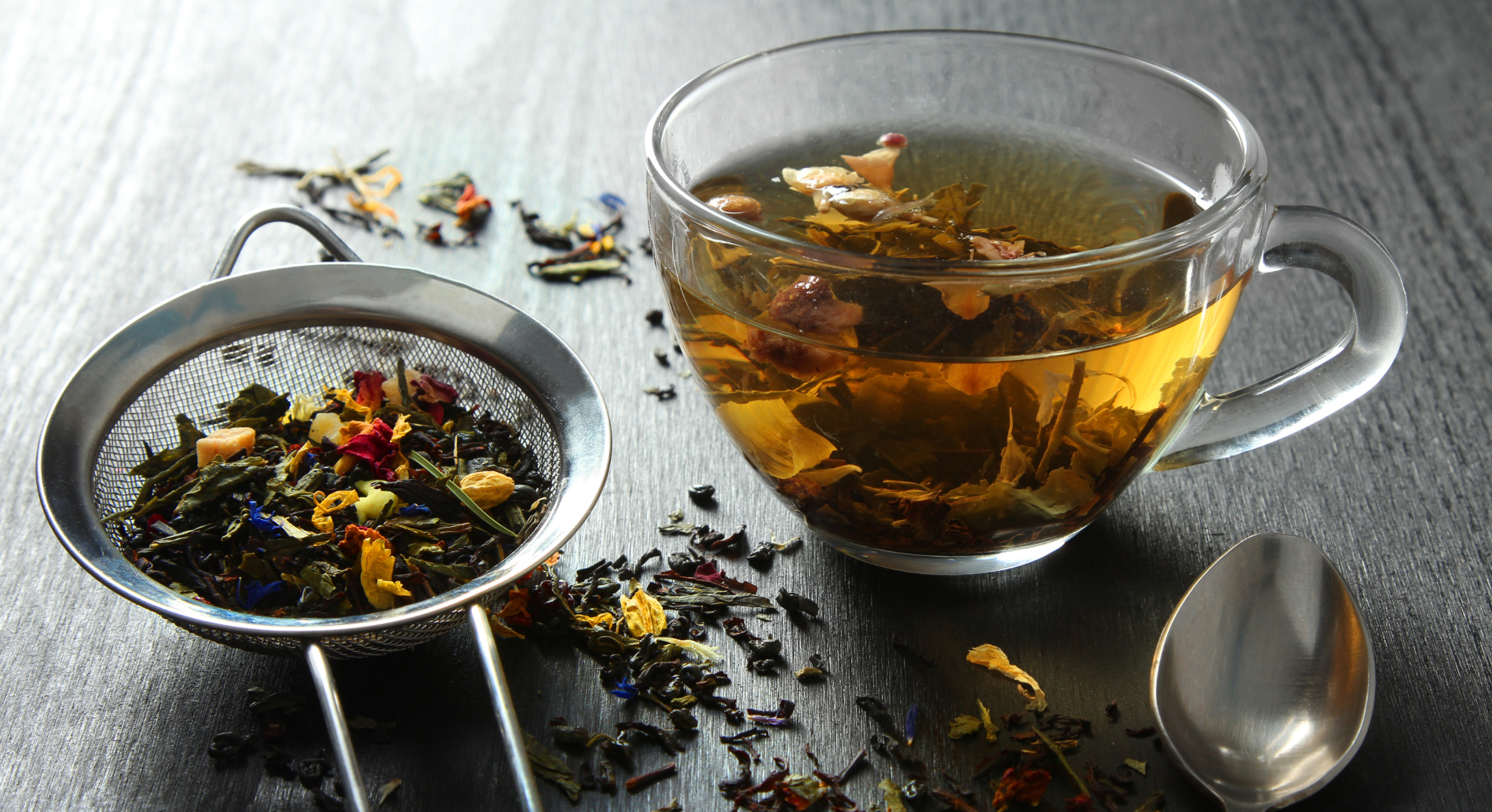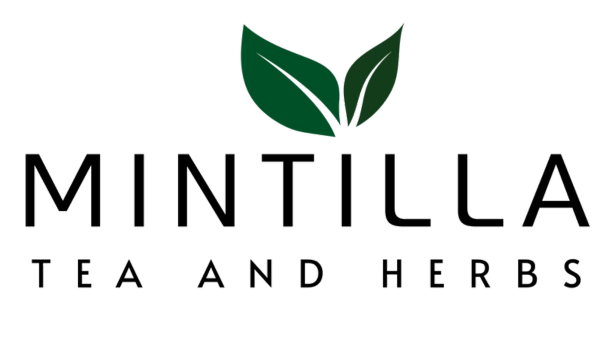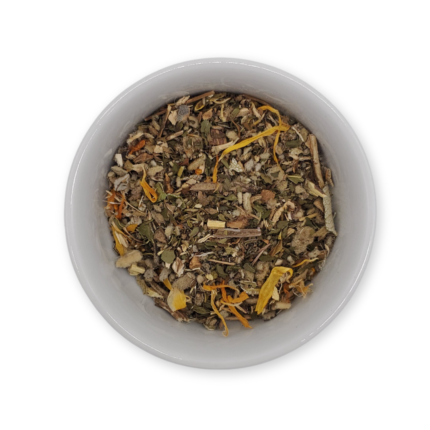
A Brief History of Herbal Tea
Herbal tea has a long history of use for medicinal purposes, dating back to ancient civilizations. However, it’s not technically a tea as it’s made from herbs, not the Camellia sinensis plant. Europeans discovered new herbs during the colonization of the Americas and Native Americans introduced them to new blends. Today, herbal tea is enjoyed for both its health benefits and taste, and can be found in supermarkets or made at home using various herbs and plants.
The Health Benefits of Herbal Tea
There are many health benefits associated with consuming herbal tea, depending on the specific herbs used. Here are some common health benefits that people associate with herbal tea:
Relaxation and stress relief:
Chamomile, valerian root, and lavender are some of the herbs that can promote relaxation and improve sleep quality.
Digestion and gut health:
Ginger, peppermint, and fennel are some of the herbs that can aid in digestion, soothe stomach issues, and improve overall gut health.
Immune system support:
Echinacea, elderberry, and ginseng are some of the herbs that contain immune-boosting properties and can help the body fight off infection.
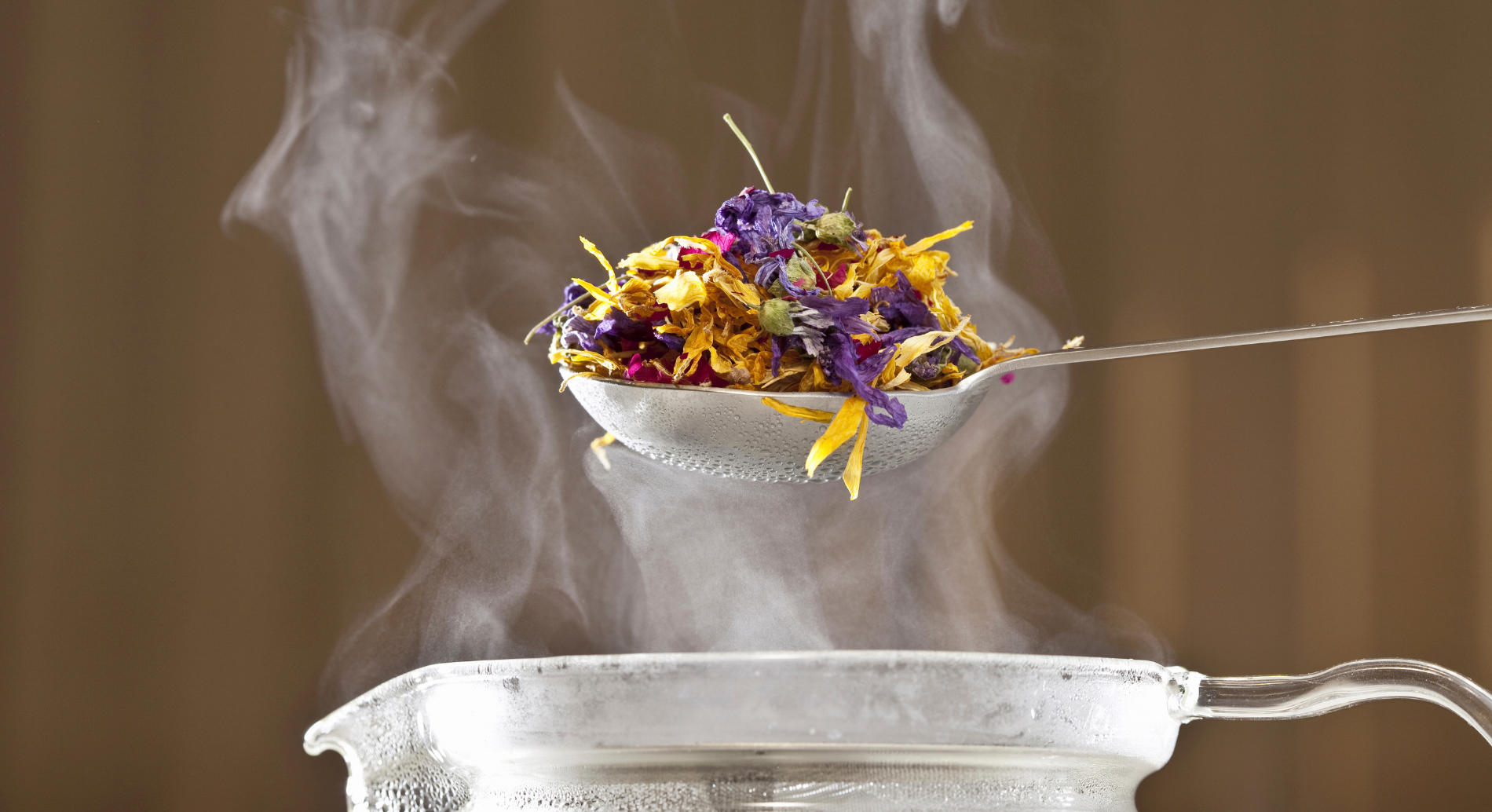
Anti-inflammatory properties:
Turmeric, rosehip, and nettle leaf are some of the herbs that have anti-inflammatory properties and may help reduce overall inflammation in the body.
Antioxidant properties:
Rooibos, hibiscus, and green tea are some of the herbs that contain antioxidants that can help protect the body against damage from free radicals and promote overall health and well-being.
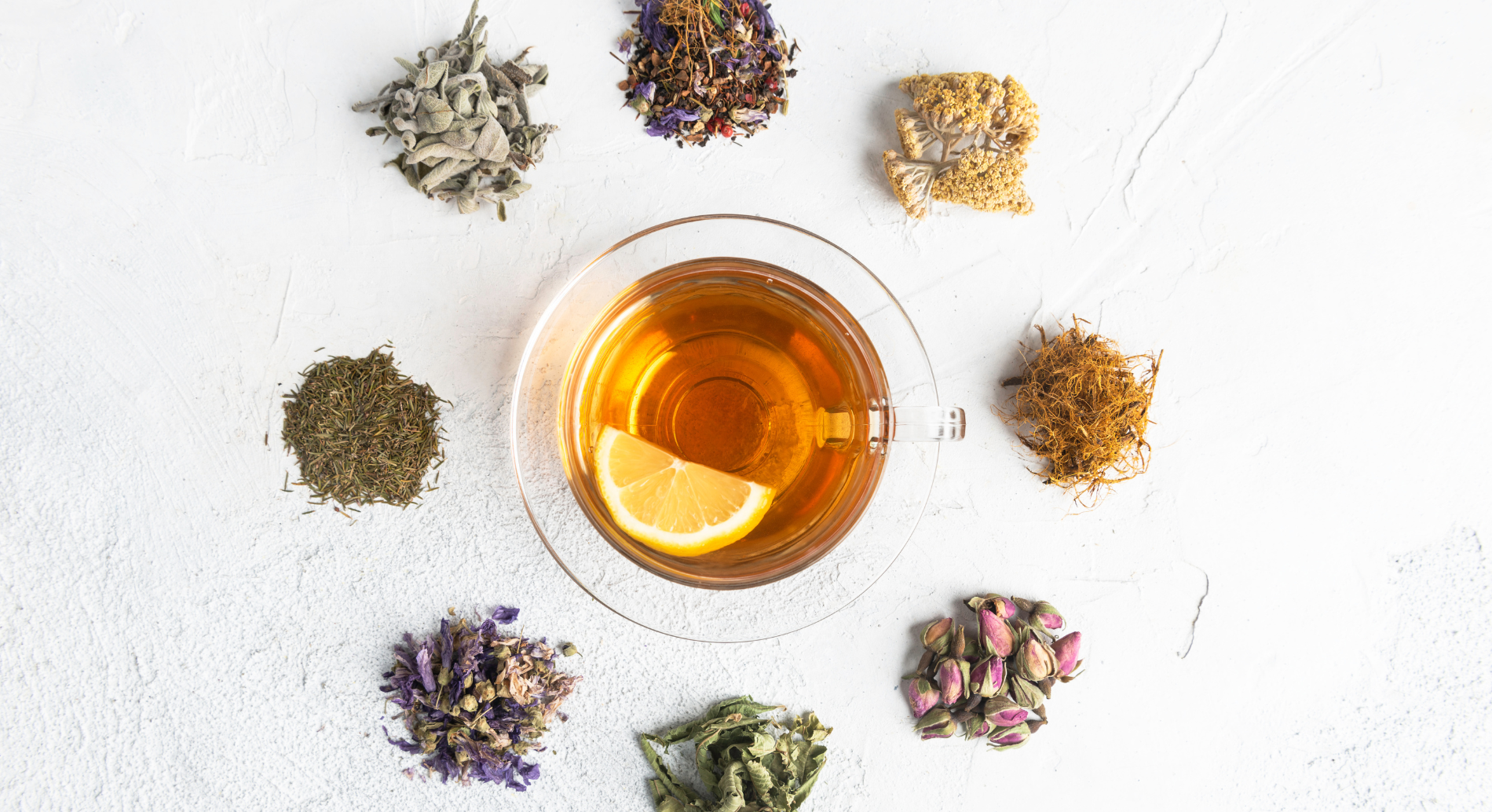
What does Herbal Tea Taste Like?
The taste of herbal tea depends on the specific herbs used. Some herbs, such as peppermint and spearmint, have a cooling and refreshing taste, while others, such as chamomile and lavender, have a light, floral taste. Some herbal teas, such as ginger or cinnamon, have a spicy or warming flavor, while others, such as lemon balm and lemon verbena, have a citrusy taste. Some herbal teas are naturally sweet, such as licorice root or stevia. Overall, herbal tea can have a wide range of tastes, from delicate and subtle to bold and robust, depending on the herbs used and the method of preparation.
How to Steep Herbal Tea
Steeping herbal tea is quite simple, and you can do it in a few easy steps:
- Boil 6 – 8 oz of fresh water and let it cool to about 212°F (95°C).
- Place one teaspoon of loose herbal tea in a strainer or tea infuser and add it to your cup or teapot.
- Pour hot water over the tea and let it steep for 4-8 minutes, or until it reaches the desired strength. Avoid over-steeping, which can cause the tea to become too bitter.
- Remove and discard the loose herbs of the tea strainer or infuser.
- You can drink herbal tea plain or add sweeteners like sugar or honey. You can also add milk, cream, or non-dairy milk if desired.
- Sip and savor your freshly brewed herbal tea.
